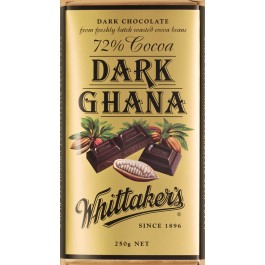Fashioned For You
1) Differentiate between metals and nonmetals in terms of Physical and Chemical properties:
Physical Properties (Metals)
|
Chemical Properties (Nonmetal)
|
Heavy
|
Reactive
|
Good conductors of heat & electricity
|
Tend to lose electrons easily and form ions that are charged positively
|
Lustrous (shiny)
|
Forms of elements such as Sodium and etc
|
High melting point
|
Dull (Not shiny)
|
Can be hammered
|
Soft
|
Can be drawn into wires
|
Brittle (breaks easily into smaller pieces)
|
Usually solid at room temperature
|
Low density (light)
|
Opaque (Can’t see through it)
|
Low melting points
|
2) Relate the metals to it’s uses:
Iron:
Iron is a chemical element and metal. Steel is a well known and commonly used alloy made from iron and a small amount of carbon (or sometimes other elements.) Iron is relatively cheap to produce and has a large number of different uses. Machines, vehicles and building structures are commonly built from iron (usually in the form of steel.)
Gold:
Gold is a chemical element. Compared to other metals, gold is less chemically reactive. There is a system in which is called ‘gold standard’ which fixes a unit of money to a certain weight of gold. Injectable gold has been proven to help reduce pain and swelling in patients suffering from various diseases such as tuberculosis and rheumatoid arthritis.
Silver:
Silver is a chemical element. It is a soft and shiny metal that has been used for many years to make fine pieces of jewelry, coins, utensils and various pieces of art. It is also precious indeed. In modern times, silver is also used in dentistry, electronics, photography, mirrors and in number of industrial applications that make use of its unique properties.
Reference:
Science Kids, (July 8 2016) Metal Facts. Retrieved from:
3. Describe how alloys are made and discuss the importances:
Alloys are found in various sorts of things including dentistry (teeth fillings), jewelry, door locks, musical instruments, coins, gun and etc. Alloys are metals combined with other substances in order to make them better in some way. However, some people think that the term ‘alloys’ defines the mixture of metals, well the actual definition of alloys are materials made up of at least two different chemical elements, one of which is a metal.
Reference:
Eagle, A. (July 8 2016) What are alloys? How are they made?
Second Part Of Science 10 Fashioned For You:
Properties of Metals
1. Have lustre - shiny
2. Opaque -light cannot pass through it:
3. Hard
4. Strong
5. hard-wearing – last long
6. malleable – can be hammered into shapes
7. ductile – can be drawn into wires
8. good conductor of heat
9. good conductor of electricity
10. sonorous – produce ringing sound when hit
11. usually solid at room temperature
12. high density – usually heavy
13. form basic oxides
14. high melting point
15. ions of metals have positive charges
Properties of Nonmetals:
1. Dull – not shiny
2. Soft
3. Brittle – breaks easily into smaller pieces
4. Low density – light
5. Poor or non-conductor of heat and electricity
6. Usually liquids or gases
7. Low melting points
8. Form acidic oxide
9. Some ions have negative charges, others are neutral.

